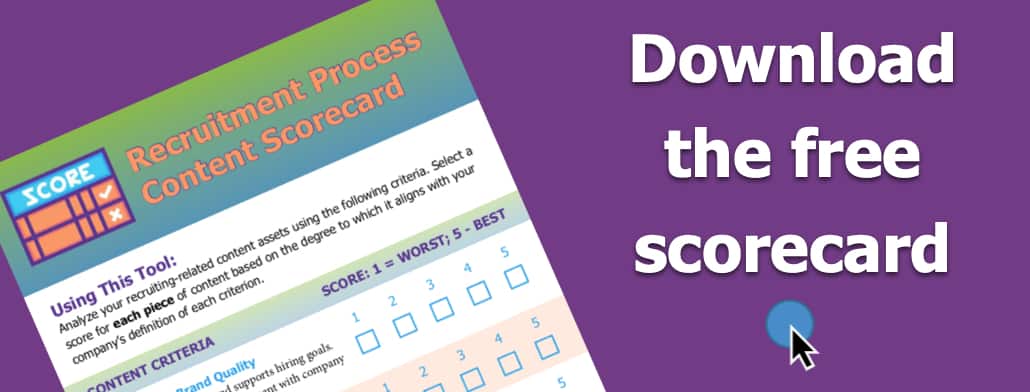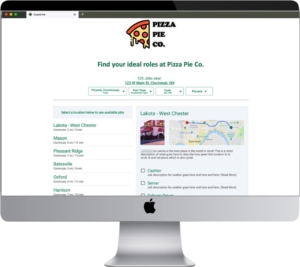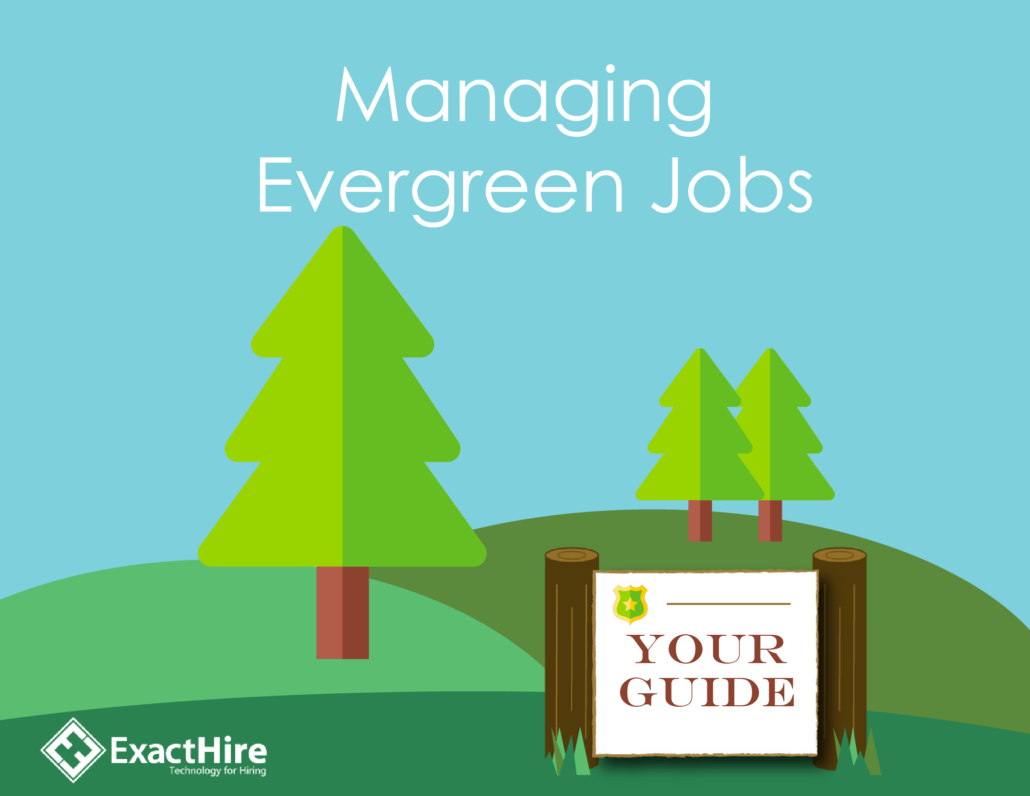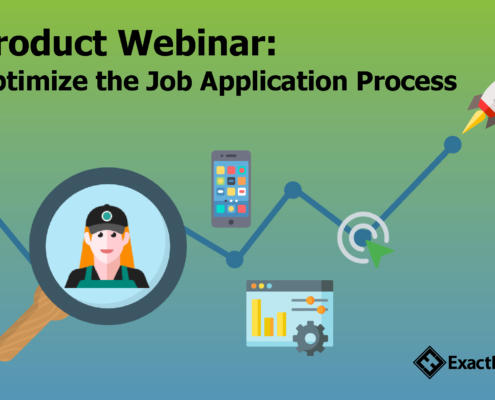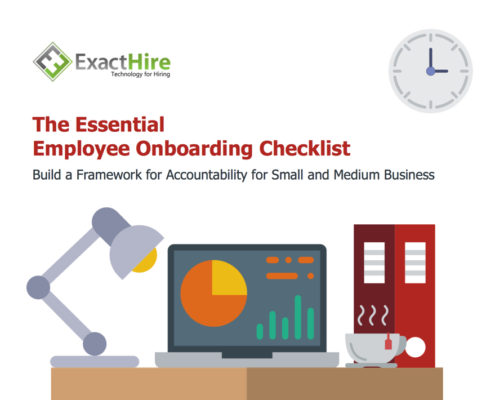Quiet Hiring
Recently, the concept of quiet quitting took center stage in the spotlight as many employees experiencing or on the cusp of experiencing employee burnout shifted their mindset to do their jobs but consciously deciding not to go above and beyond basic duties. Status quo provided enough satisfaction to keep quiet quitting employees from formally resigning. Quiet quitting is not necessarily a bad concept. There are employees who are satisfied in their current roles and do not seek to take on additional responsibilities. Even if compensation or promotions are offered. Companies need to realize that these employees can fulfill a company need. It is often challenging to retain employees holding low-level positions. There are some people who want to stay where they are, and then there are others who do not. And that is how companies have opened the door to “quiet hiring”…
What is Quiet Hiring?
Lately, a new term has evolved: “quiet hiring”. It is the paradox of quiet quitting. While the term of quiet hiring is new, the concept is not. Quiet hiring has taken place consistently in the past, particularly when the economic state of a country is less than stellar. Periods of high inflation, with or without a recession, are the most common times companies quiet hire.
Quiet hiring is the concept of an employer adding or reassigning additional tasks onto employees. To fill vacant positions, a company might hire short-term contractors to fulfill the need or temporarily move employees into different roles. Most often, companies tend to reallocate duties to existing employees to reduce internal costs. Money is not spent on recruiting and onboarding new hires when existing employees complete additional tasks. This saves the company thousands of dollars. Quiet hiring is used to help companies prioritize the most essential functions of the business to ensure operations continue and meet projected financial targets.
Monster just released survey data on quiet hiring, and the results were profoundly loud.
- 80% of employees have been “quiet hired” with 50% of the workers saying the role was not aligned with their skill set.
- While 63% of the people surveyed feel “quiet hiring” provides them with an opportunity to learn new things, only 19% of the people surveyed said they would be open to taking a new role only if it was temporary.
- Longevity is uncertain for some who are quiet hired. 27% of those surveyed would quit if they were quiet hired. 39% would not quit because it would give the employees an opportunity to try something new.
When should you Hire Quietly?
Quiet hiring is specifically designed to meet an immediate need. As layoffs and hiring freezes increase in various industries, examining employees who already know the company culture is the starting point to find talent to assume additional responsibilities. Companies who are quiet hiring need to examine their internal talent pool.
Before automatically shifting duties from vacant position(s) or sunsetted departments, examine who would be willing to accept additional responsibilities. Use the company’s onboarding software to send a survey to employees soliciting their interest in assuming new skills and responsibilities before assigning new tasks. Maintain an internal application within the company’s applicant tracking system, and create specific questions in the company’s internal application asking about interest in advancement. Seek employees who are motivated and excited to assume additional duties before automatically assigning tasks to all.
For companies that are “quiet hiring”, management must carefully evaluate financial implications if they do not provide additional compensation to employees who have assumed additional responsibilities. Typically, a pay raise is provided to the quiet hired employee; however, if funding is tight, explore alternate options. Compensation can come in a variety of ways such as flexible working conditions, PTO, flex time, etc. Employees who willingly take on additional duties might be seeking promotions. Others might want more flexibility, remote options or other resources to enhance work-life balance. Find out what the employee seeks as motivating factors, and discuss available compensation options with them.
How to Hire Quietly
Transparency is essential if management seeks to quiet hire. Taking advantage of employees and adding additional tasks to their workloads without proper discussion is going to foster frustration. This could potentially yield high turnover rates. If a company already is lacking talent to fulfill certain roles, they do not need to exacerbate the lack of talent issue by chasing off existing talent. Management must convey that the new assignment(s) are opportunities for growth and learning that come with benefits to the employees.
Discuss timeframes of new tasks. Be forthcoming if this is a permanent or temporary arrangement. If there are struggles with company finances and successes which make these changes necessary, communicate that with the employees so they can understand the validity of the need to redistribute tasks. Mitigating turnover is an essential goal, and honesty can reduce the chance of departures.
Candidly, quiet quitting employees are not the employees envisioned by management to assume additional responsibilities. Ambitious, and often new to the workforce, employees are the ones who capture the attention of management as potential quiet hires. Employees who seek to be quiet hired need to examine their current workload and ask themselves if they have the resources to take on additional responsibilities. Carefully evaluate if there is enough time in the work week to complete the additional tasks.
Be candid with management and find out how the compensation will, or will not, change. Discuss with management to see how the newly proposed duties will align with current career goals. Once arrangements are finalized, the employee, management and Human Resources should have a copy stored in their onboarding platform with specific details regarding tasks, compensation and timeframe.
Conclusion
Quiet hiring can be viewed in many ways. Repositioning of talent and assets…agile workforce…no matter the views, it is a redistribution of tasks and responsibilities within an organization. Employers need to partner directly with their employees when examining how tasks and responsibilities might shift. Honesty and transparency will increase employee loyalty. There is no smooth sailing when the waters are choppy. But if the captain can reiterate the long-term goals by motivating the team to assume all-hands-on-deck, the destination will be worth the ride.

